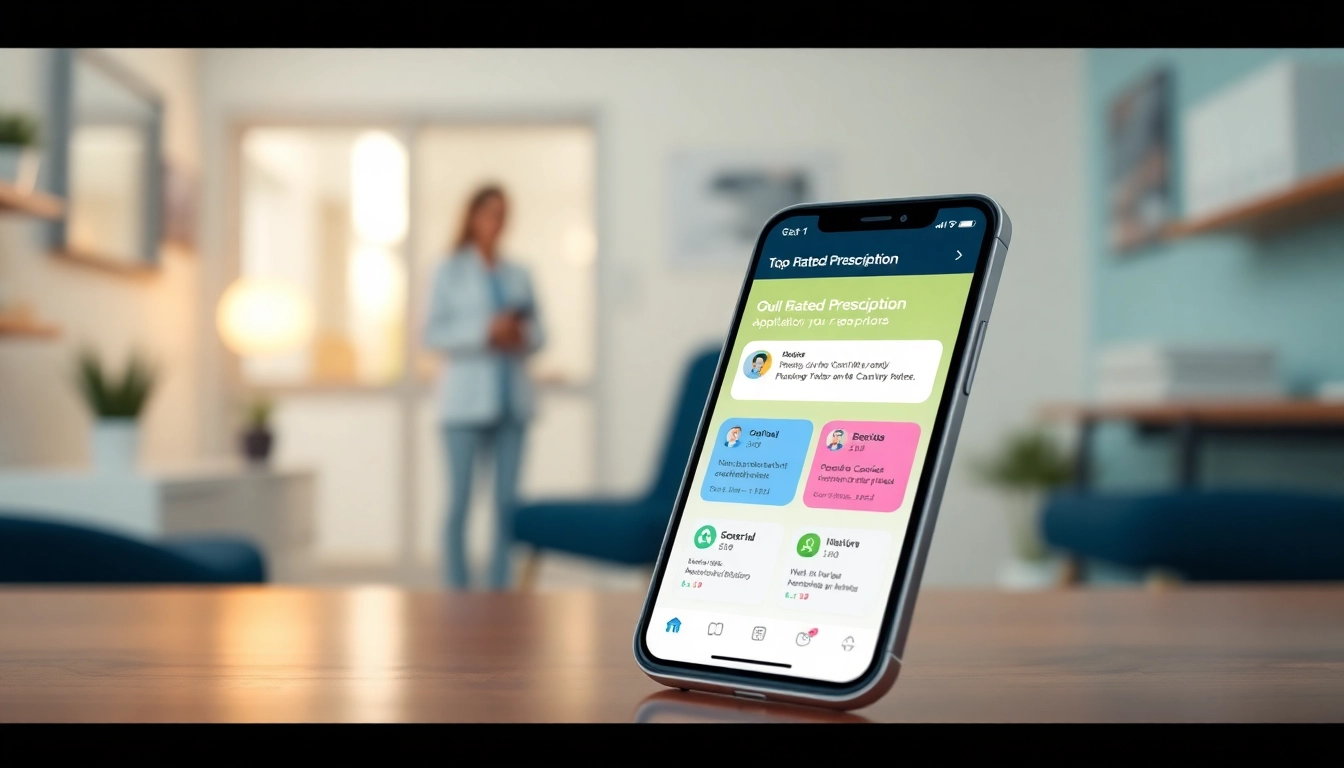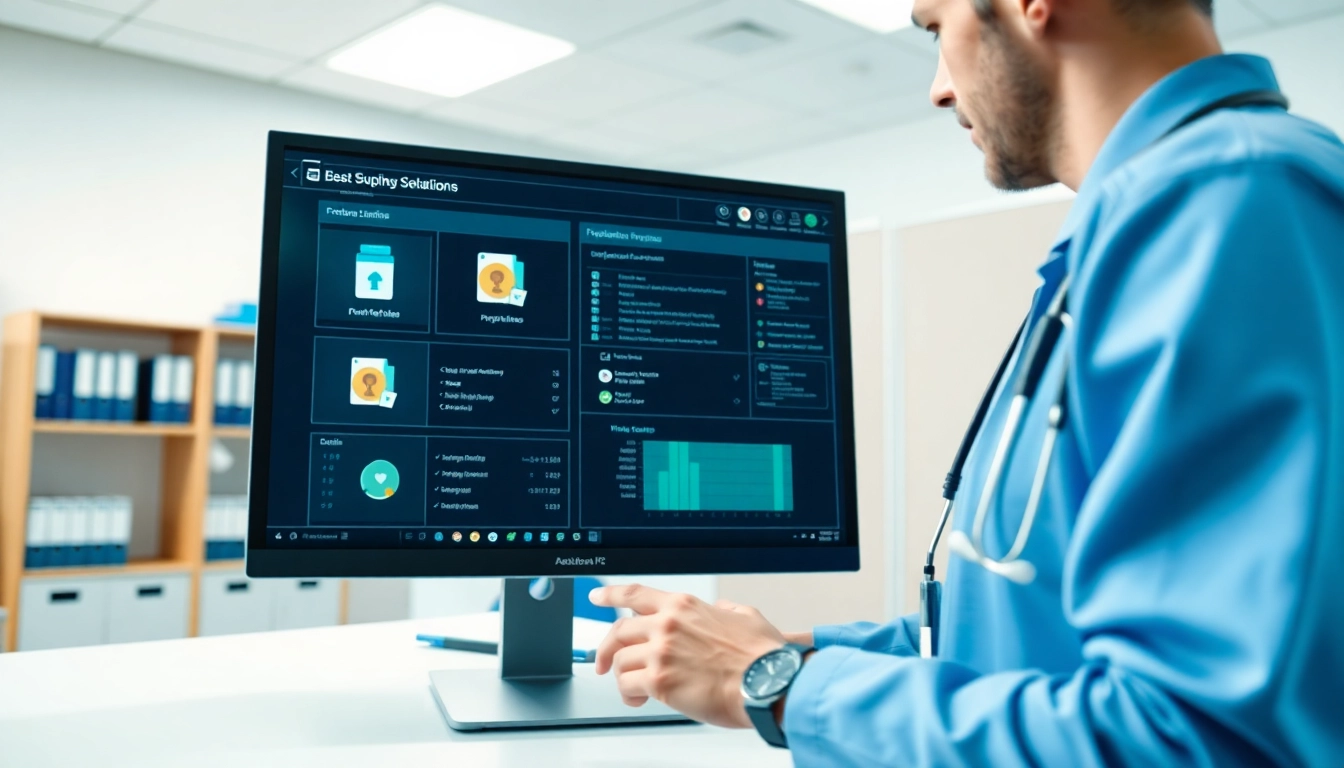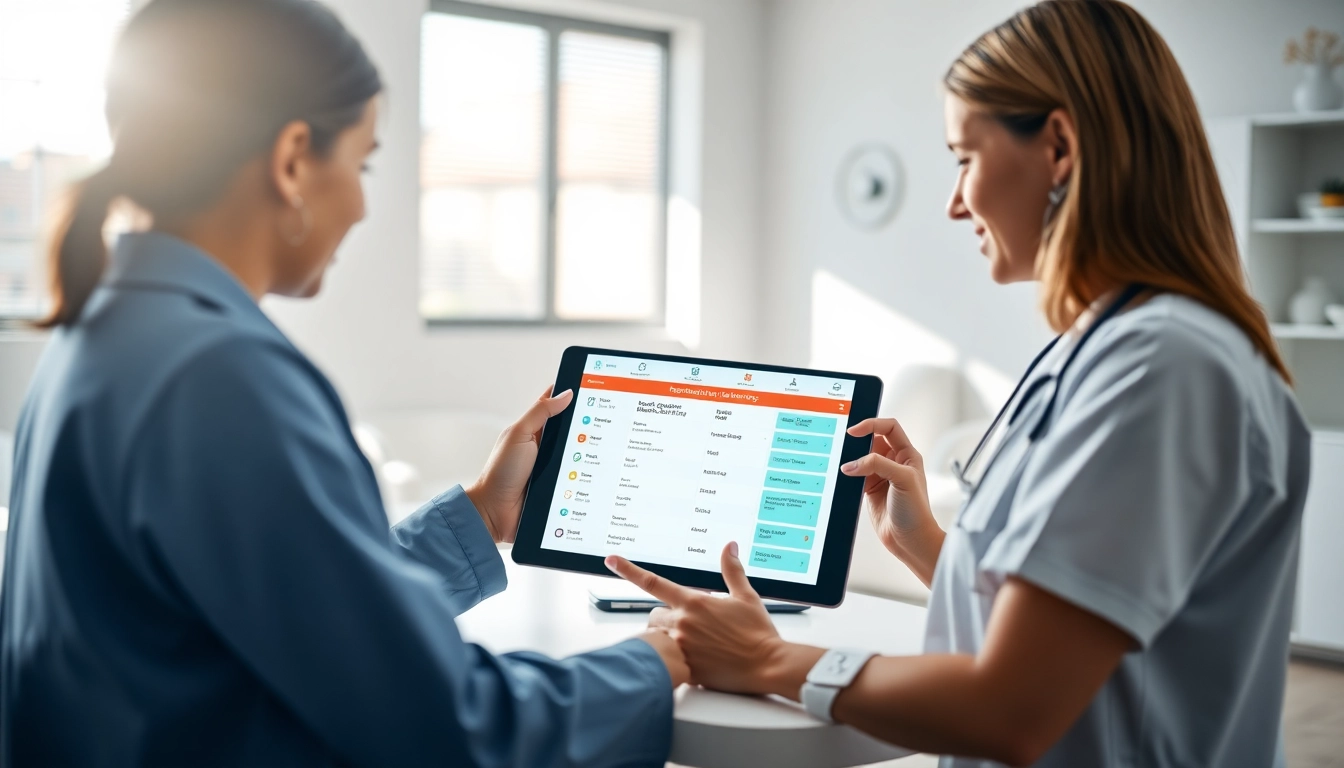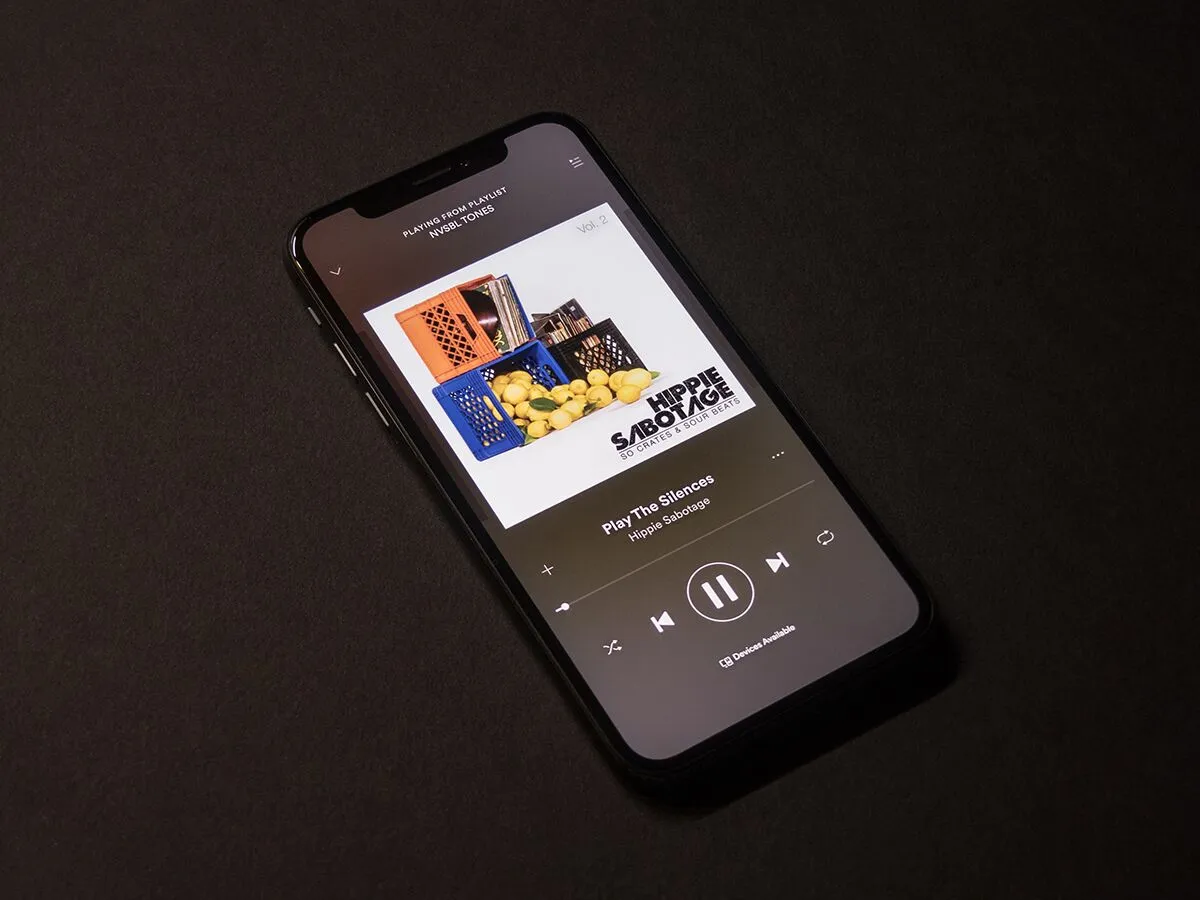Understanding Top Rated Prescription Applications
In today’s digital age, the convenience of managing prescriptions has transformed dramatically, thanks to the advent of various mobile and web applications. top rated prescription applications have become essential tools not just for patients but also for healthcare professionals. These applications streamline the prescription process, enhance medication adherence, and improve overall healthcare access. With a vast array of options available, it is crucial to identify what makes a prescription application top-rated and how they can provide real value to users.
What Makes a Prescription Application Top Rated?
The criteria for classifying a prescription application as top-rated largely revolve around user experience, effectiveness, and innovation. A top-rated application should integrate seamlessly into the healthcare ecosystem, offering functionalities that fulfill users’ needs efficiently. Key characteristics often observed in these applications include:
- User-Friendly Interface: An intuitive design that simplifies navigation is vital.
- Reliability: The app should consistently provide accurate prescription information and services.
- Security: A top-rated app must prioritize user privacy and data security, employing strong encryption protocols.
- Integration Capabilities: Ability to connect with healthcare systems and pharmacies easily enhances usability.
- Innovative Features: Advanced functionalities like telehealth options, medication delivery, and adherence tracking set superior apps apart.
Key Features of Effective Prescription Applications
Effective prescription applications commonly share several key features aimed at maximizing their utility:
- Medication Reminders: These alerts ensure that users never miss a dose.
- Drug Interaction Warnings: Applications that provide alerts about potential interactions improve patient safety.
- Refill Management: Simplified prescription refills save users time and prevent lapses in medication.
- Pharmacy Locator: Assisting users in finding nearby pharmacies enhances accessibility.
- Cost Transparency: Providing price comparisons among different pharmacies can significantly reduce healthcare costs.
The Benefits of Using Top Rated Prescription Applications
Adopting a top-rated prescription application can provide numerous benefits, enhancing both patient outcomes and the efficiency of healthcare delivery:
- Increased Medication Adherence: Reminders and easy tracking help patients follow their prescribed regimen.
- Streamlined Communication: Direct messaging with healthcare providers can clarify prescription-related queries.
- Time-Efficiency: Patients can manage prescriptions from anywhere, reducing the need for in-person visits.
- Improved Health Outcomes: Better management and adherence lead to enhanced treatment outcomes and reduced hospital visits.
Comparative Analysis of Top Rated Prescription Applications
With numerous applications available, a comparative analysis is beneficial to distinguish the best options in the market. Key aspects to evaluate include user interface, medication management capabilities, and cost-effectiveness.
Reviewing User Interfaces and Experiences
The user interface and overall user experience play critical roles in the effectiveness of a prescription application. A well-designed app can lead to higher engagement rates. Factors to consider include:
- Navigation Ease: Users should be able to locate features quickly. Intuitive designs reduce frustration and encourage usage.
- Aesthetic Appeal: Visual design impacts user satisfaction. An attractive layout can motivate continued use.
- Accessibility: Apps that cater to diverse user needs, including those with disabilities, expand their user base.
Assessing Medication Management Capabilities
The core functionality of prescription applications centers around effective medication management. Key features to evaluate include:
- Refill Requests: Simplifying the refill process can promote adherence and reduce interruptions in medication.
- Medication Tracking: Applications that allow users to log medication intake provide valuable insights for both patients and healthcare providers.
- Personalization: Tailoring reminders and alerts based on individual therapy regimens enhances user retention and satisfaction.
Comparing Cost Effectiveness and Accessibility
The affordability of a prescription application and the ease with which it can be accessed significantly affect its usability:
- Cost Transparency: Applications that indicate pricing help users make informed decisions about their medication.
- Insurance Compatibility: A helpful app should align with various insurance plans to cater to a broad user base.
- Availability: Applications must be available across platforms (iOS, Android, web) to ensure widespread access.
Integrating Technology with Healthcare
As healthcare continues to innovate, the integration of technology is becoming increasingly vital. Prescription applications are at the forefront of this change, revolutionizing how patients interact with their medications.
The Role of Prescription Applications in Modern Medicine
Prescription applications play a transformative role in modern medicine, offering a bridge between patients and healthcare providers. They facilitate:
- Real-Time Updates: Users can receive instant information about their prescriptions, including changes in availability or new side effects.
- Telehealth Services: Many applications now incorporate telehealth functionalities, allowing users to consult with healthcare professionals seamlessly.
- Research and Development: Collecting user data fosters improvements in pharmaceutical research and can impact public health policy.
How to Choose the Best Prescription Application for Your Needs
Selecting the right prescription application requires careful consideration of several factors:
- User Reviews and Ratings: Checking feedback from other users can provide insights into functionality and reliability.
- Feature Set: Determine which features are necessary for your health management and seek applications that meet those needs.
- Trial Periods: Many applications offer free trials; testing their functionalities can help in making an informed decision.
Overcoming Challenges in Adoption and Use
While prescription applications provide substantial benefits, challenges in their adoption exist. Common hurdles include:
- Technological Barriers: Users unfamiliar with technology may struggle. Offering accessible guides can improve onboarding.
- Privacy Concerns: Addressing users’ fears regarding data security is crucial. Implementing robust security measures is essential for building trust.
- Integration Issues: Some applications may not sync well with existing healthcare systems. Evaluating compatibility before adoption is critical.
Real-World Examples of Top Rated Prescription Applications
To appreciate the impact of top-rated prescription applications, real-world examples of user experiences and case studies provide valuable insights into their effectiveness.
Success Stories from Users
Numerous users have reported positive transformations due to effective prescription applications. Many users highlight:
- Enhanced Compliance: Users have noted improved medication adherence, particularly through reminder functionalities.
- Empowerment: Access to medication information fosters a sense of control over their health.
- Convenience: The ability to track and refill prescriptions digitally saves time and improves lifestyle.
Case Studies in Efficiency and Impact
Organizations utilizing prescription applications have experienced notable efficiency increases. For example:
- Reduced Medication Errors: Facilities employing these applications have reported fewer prescription mix-ups, leading to better patient safety.
- Time Savings for Healthcare Providers: Automating prescriptions enables providers to allocate time to more complex patient needs.
- Improved Patient Engagement: Interactive features encourage patients to engage actively with their health management.
Innovative Features Leading the Market
Innovative application features continue to set the best prescription applications apart from their competitors:
- AI-Driven Personalization: Some applications now leverage artificial intelligence to offer personalized health recommendations.
- Blockchain for Security: Emerging technologies like blockchain are being explored to enhance security and transparency in medication transactions.
- Peer Support Networks: Facilitating connections among users fosters community support and sharing of experiences.
The Future of Prescription Applications
The realm of prescription applications is rapidly evolving, influenced by technological advancements, regulatory changes, and shifting user expectations. Understanding anticipated trends is crucial for stakeholders in the healthcare sector.
Emerging Trends in Healthcare Technology
Anticipated trends shaping the future of prescription applications include:
- Increased Use of Telehealth: The surge in telehealth will likely see a growing integration with prescription applications, enhancing remote care capabilities.
- Data-Driven Insights: Application data will continue to inform clinical decisions, leading to more personalized healthcare strategies.
- Interoperability: Enhancements in data sharing between systems will improve overall healthcare delivery.
The Impact of Regulatory Changes on Prescription Applications
Regulatory frameworks surrounding prescription management are ever-evolving. Upcoming changes may include:
- Stricter Data Privacy Laws: Compliance will be critical as data protection regulations tighten, impacting how applications manage user information.
- Telehealth Regulations: New guidelines may shape how telehealth features are implemented within prescription applications.
- Reimbursement Policies: Changes in how applications relate to insurance reimbursement could significantly affect user adoption.
Preparing for the Next Generation of Prescription Applications
To remain competitive and effective, developers and healthcare providers must embrace the upcoming changes and innovations:
- Investing in Technology: Continuous investment in technology to improve functionality and user experience is essential.
- Healthcare Partnerships: Collaborations with healthcare professionals can guide development and ensure alignment with patient needs.
- User-Centric Design: Placing emphasis on user feedback during application development will yield better user engagement and satisfaction.











Leave a Reply